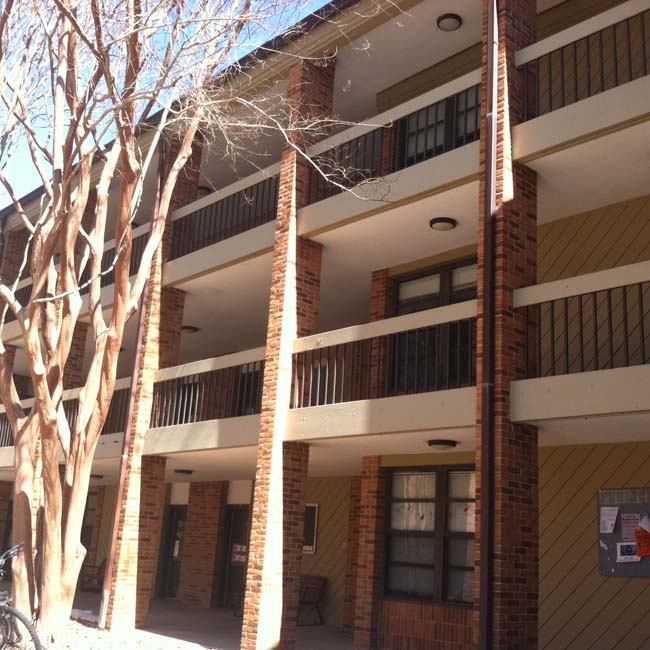The process for determining housing rates for students is a thorough one.
At their April meetings, the College of William and Mary’s Board of Visitors approves all student fees — such as meal plan costs, parking passes, housing fees, information technology fees and tuition.
Tuition is the only sum that differs between in- and out of state students.
Housing fees are also subject to change, based on the type of room students are living in. The current standard fee of a double room is $2,838. Single rooms cost $3,183, and double rooms in newer buildings, such as Jamestown and One Tribe Place, cost $3,268. Over the years, standard rates have increased as a means of paying for renovations, leases and sustainable additions, such as energy efficient lighting.
“We’ve done a lot of sustainability stuff, so there’s not typically ways [rates] will go down,” Director of Residence Life Deb Boykin said. “We’re always taking on new debt because we are always renovating. We don’t stop.”
There are certain factors that will always increase rates. One such factor is the College’s lease of the Ludwell Apartments, which was made with Gumernick Properties. The apartments cost more than $1 million to lease. Another factor that propels increasing rates is the cost of utilities for the campus’s 85 buildings. Therefore, student housing fees reflect a balance between providing for students’ needs and tempering the rates.
“Because a high-quality residential experience is what we want for our students, all these considerations come into play as we budget for the coming year,” Vice President for Student Affairs Ginger Ambler ’88 Ph.D. ’06 said in an email.
The College has to charge students for housing fees because these costs are considered auxiliary, meaning the College does not get any monetary help from the state to meet them. As a result, Residence Life raises funds primarily through student rent; money comes from washers, dryers and forfeited student deposits.
“The true essence of education is the teaching. Anything else around it is considered ‘auxiliary’ in the sense that you can have a college that teaches, but that doesn’t have residence halls [or] a dining place,” Boykin said. “The auxiliaries get no money from the state. We have to be completely, 100 percent, self-supporting.”
Another aspect of housing selection that students may be curious about is the availability of House 10, otherwise known as the Bozarth House. House 10 currently houses six independent students, but formerly served as home for both the Delta Sigma Theta sorority and the Alpha Kappa Alpha sorority, two historically black sororities at the College. The house has three single rooms and one triple room.
Although House 10 has served sororities in the past, non-affiliated students live there now and will continue to live in it next year. Because there are only six people, the co-ed house has no Resident Advisor. In addition to the four bedrooms, it also includes a dining area and sunroom.
“They’re great spaces,” Assistant Director for Fraternity and Sorority Housing Shylan Scott said. “[It’s] a unique experience. We believe that [the houses] add value to the community.”

